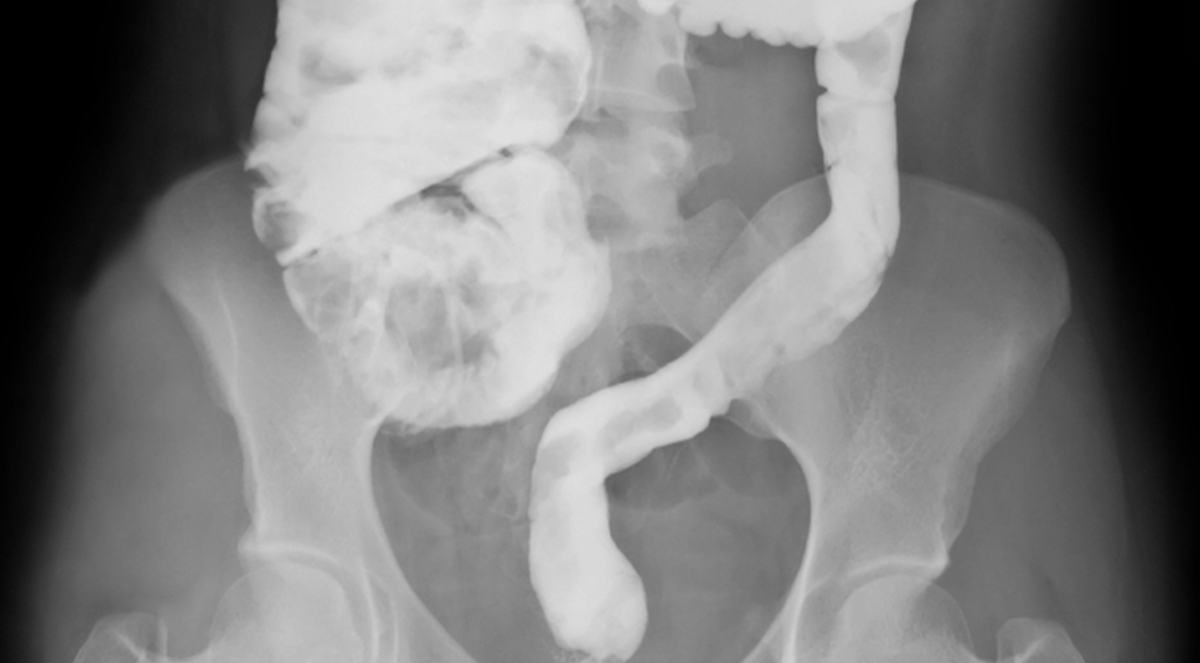Until now, radioimmunotherapy (targeted therapy) of solid tumors using antibody-targeted radionuclides has had limited therapeutic success. “This research is novel because of the benchmarks reached by the treatment regimen, in terms of curative tumor doses, with non-toxic secondary radiation to the body’s normal tissues,” explains Steven M. Larson, MD, and Sarah Cheal, PhD, of Memorial Sloan Kettering Cancer Center. “The success in murine tumor models comes from the unique quality of the reagents developed by our group, and the reduction to practice methodology, including a theranostic approach that can be readily transferred, we believe, to patients.”
Theranostics, a term derived from therapy and diagnostics, is the use of a single agent to both diagnose and treat disease. The theranostic agent first finds the cancer cells, then destroys them, leaving healthy cells unharmed — minimizing side effects and improving quality of life for patients.
In this study, the glycoprotein A33 (GPA33), an antigen found on over 95 percent of primary and metastatic human colorectal cancers, was targeted with a bispecific antibody for A33 tumor antigen and a second antibody for a small-molecule radioactive hapten, a complex of lutetium-177 (177Lu) and S-2-(4-aminobenzyl)1,4,7,10-tetraazacyclododecane tetra-acetic acid (177Lu-DOTA-Bn).
The DOTA-pretargeted radioimmunotherapy (PRIT) strategy was tested on a mouse model. In randomly selected mice undergoing treatment, serial SPECT/CT imaging was used to monitor treatment response and calculate radiation-absorbed doses to tumors. All the DOTA-PRIT-treated animals tolerated the treatment well, and all 9 assessed mice had no trace of cancer remaining upon microscopic examination. There was also no detectable radiation damage to critical organs, including bone marrow and kidneys.
The 100-percent cure rate in the mouse model is a promising preliminary finding that suggests that anti-GPA33-DOTA-PRIT will be a potent radioimmunotherapy regimen for GPA33-positive colorectal cancer tumors in humans.


